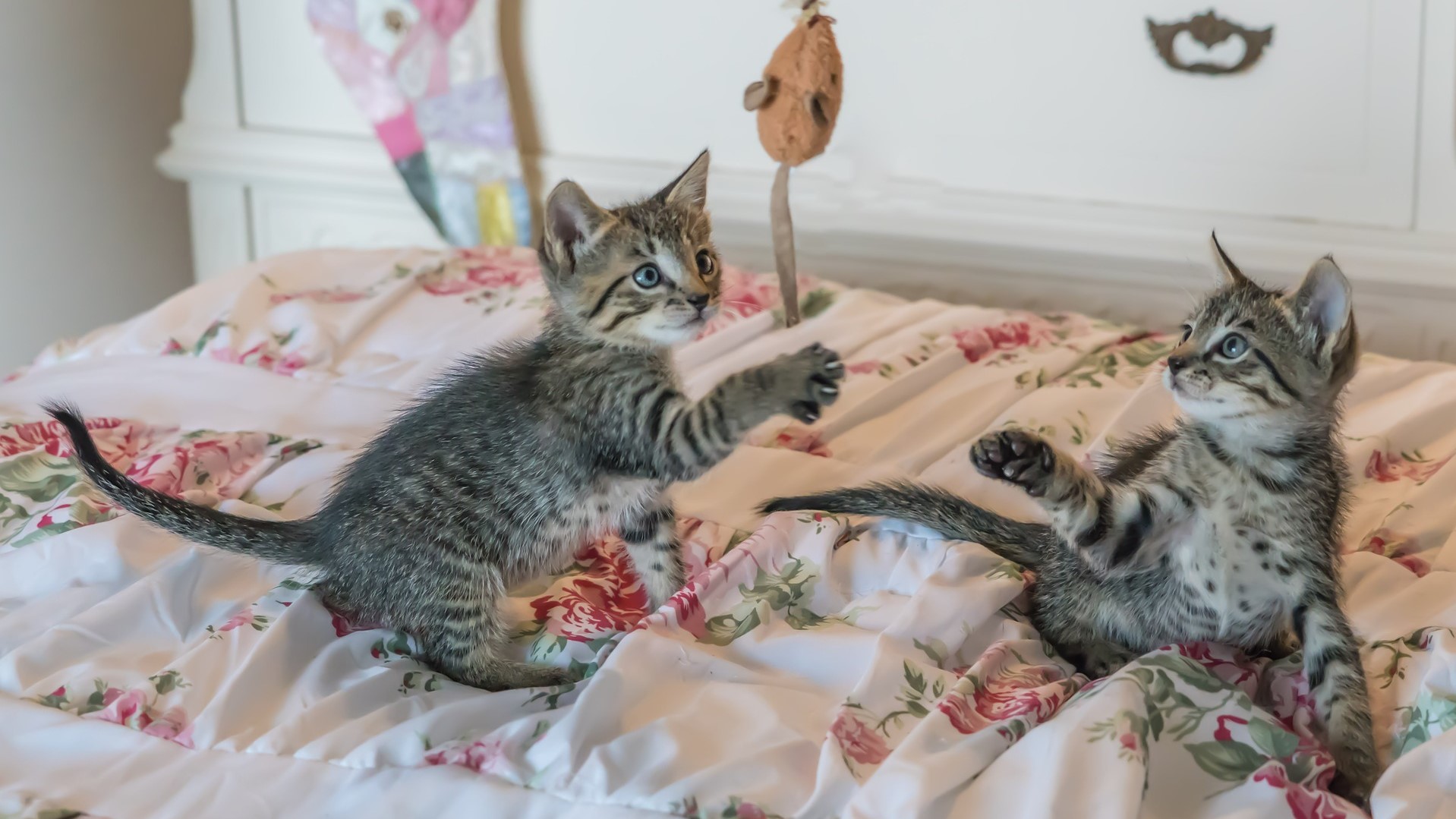People who own cats or kittens will understand the significance of cat-proofing the houses. Cat-proofing will be the first and foremost thought that anyone would consider right after adopting a cat, and this is because the cats will be coexisting with the pet owners in the same space; home.
It becomes imperative to create a safe-haven for the cats and making small changes to the environment of the house will help them in getting acquainted with the surroundings. Cat-proofing will help in keeping the cats safe as well as secure your furniture and other things at home.
This blog will elaborate on how to cat-proof your home to safeguard the cats as well as the property.
Table of Contents
Keeping Windows or Screens Shut
This is probably the most important one to take note of!
It is common for people to leave their windows or screens open to enjoy the fresh air and to let in the sunlight, but this small action might cost them dearly when they have cats around in the house.
It is not likely for cats to jump off from heights, but there are chances of them accidentally jumping out of an open window or veranda when least expected.
Although the cats are capable of landing on their feet because of the natural reflex that allows them to turn their body in the air, it is not always the same case. If such accidents take place, the cats might end up with broken limbs, lung problems, and more severe health conditions.
Moreover, outdoor cats are constantly threatened by the surroundings. If you are in an urban area, you would be surprised how incredibly common it is for cats to get run over by vehicles! Furthermore, if your cat accidentally wanders off into another cat’s or dog’s territory, it can prove fatal.
At least it is better to have the screens closed at all times or by putting grills on the window to prevent the cats from leaping out.
Removing Toxic Plants
Although plants are often used as decor to add more beauty and colour to the house, some of them might endanger the cats’ life severely.
Some common household plants that could be harmful to cats are:
- Aloe Vera
- Lilies
- Chrysanthemums
- Daffodils
The inquisitive minds of the cats might make them an unexpected victim of these toxic plants and may develop skin rashes and itching, vomiting, seizures, and sometimes even coma!
It is always better to double-check the plants in the house to prevent such incidents.
Securing Curtains and Lose Hanging Electrical Cords
There are times when our laptop or phone chargers are left lying on the floor without a second thought. But when small feline creatures like cats are present in the house, it adds to the plausibility of them getting tangled up in these wires and even chewing on them. In the worst-case scenario, the cats might even get strangled by these wires or electrocuted.
Pet parents must always be cautious of any potential threats to the lives of the cats. It can be as small as curtain strings, but it might as well put the cat’s life at risk.
Checking Dryers and Washing Machines
Dryers and washing machines are used regularly in almost all households, but this machine could be a potential endangerment to the lives of the cats.
If the cats get entrapped in the front-loading washing machines or dryers, the possible outcomes of it might be graphic. The cats might develop head traumas, claustrophobia, aspiration pneumonia, skin allergies, and even death.
Prevention such mishaps by closing the front-loaders of the dryers and washing machines when they are not in use, and regularly check the insides before turning the machine on.
Storing Away Chemicals Used for Cleaning
The detergents used for cleaning have strong chemicals such as alcohol and bleach that are often stored away from the reach of children and pets because of their toxic nature. The main components, such as Sodium Laureth Sulphate and ammonia, will cause respiratory problems, vomiting, severe skin conditions, and other health issues.
The laundry detergents and any cleaning agents used for the floors or vessels must be put away behind closed doors of shelves or cupboards, where they cannot be reached by cats.
Stay Conscious of Food Left in the Open
Although cats have home-cooked meals incorporated into their diet plans almost every day, it is not the same as eating the meals prepared for humans. Even veterinary doctors suggest not feeding table scraps because certain food items might pose threats to their health, such as milk, cheese, cream, raisins and coffee.
When the food is left unattended on the table, the cats may mistakenly consume them. Therefore, necessary precautions must be taken by the pet-owners to assure such harmful foods for the cats are not left out in the open.
Remove Fragile or Breakable Items
Most households are accessorised with small sculptures, photo frames, vases, etc. When they are displayed on the shelves and tables, it gives easy access to the cats whose general tendency is to run and leap around the house. In those situations, accidents might happen wherein the fragile items may break.
Injuries could be inflicted on both the cats as well as the pet-owners. To avoid such instances, every breakable item such as glass and ceramic must be stored away from the sight of the cats.
It is also better to be conscious of what food is being left out on the tables, as the cats will never know when to stop themselves. Hence it is always better to abstain from feeding table scraps and instead prepare separate meals or snacks for the cats.
Protecting the Furniture in the House
The feline creatures usually have sharp-ended claws and piercing teeth that can leave scratches and marks on almost anything they have around them. Moreover, when the entire space is filled with all sorts of furniture ranging from tables to couches, the cats tend to bite and leave scratches on them.
It is necessary to use a cloth or a cover to drape around all the furniture, for example, tablecloths, slipcovers for sofas and chairs, etc. It emphasises the need to get all furniture cat-proofed to prevent further damage to the property.
Conclusion
Cat-proofing a house is similar to that of baby-proofing the home when there is a newborn baby. The same amount of care and effort has to go into planning and implementing changes to the house to accommodate a cat.
Getting adjusted to the new environment will take some time, and there are even possibilities of them running away from their homes and losing their way. A sense of comfort and security can only be established by cat-proofing the house and by giving them enough space.







